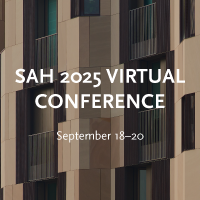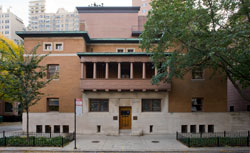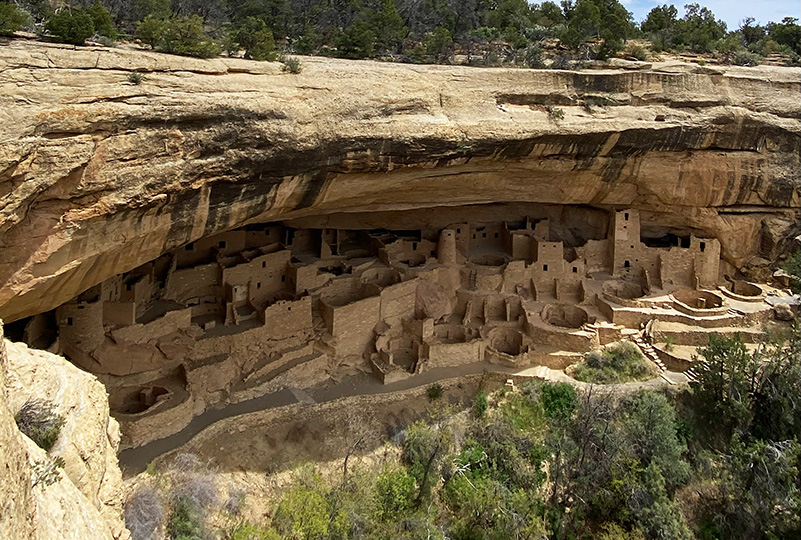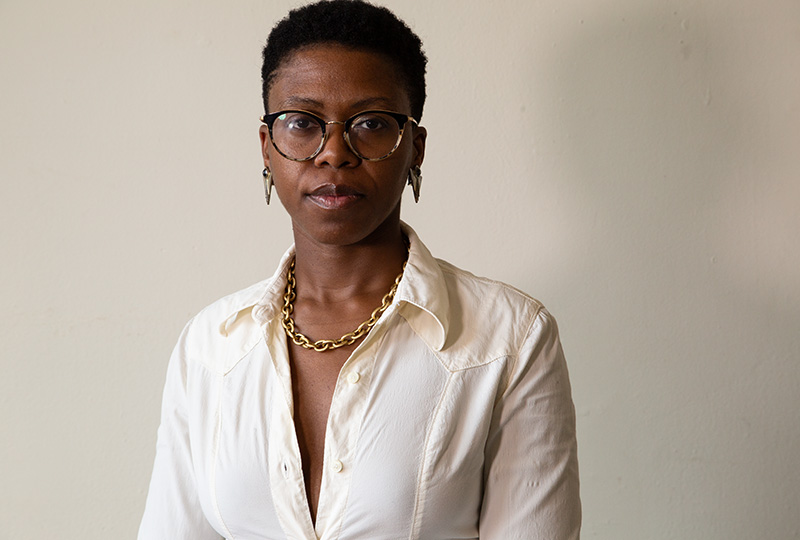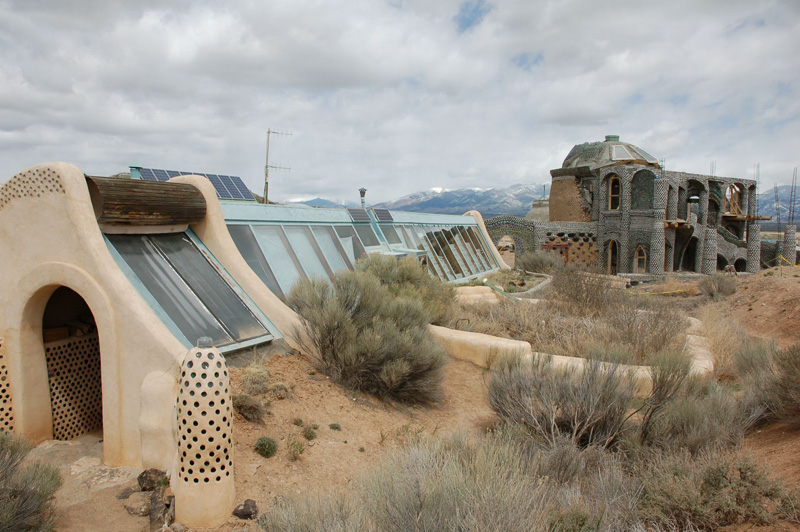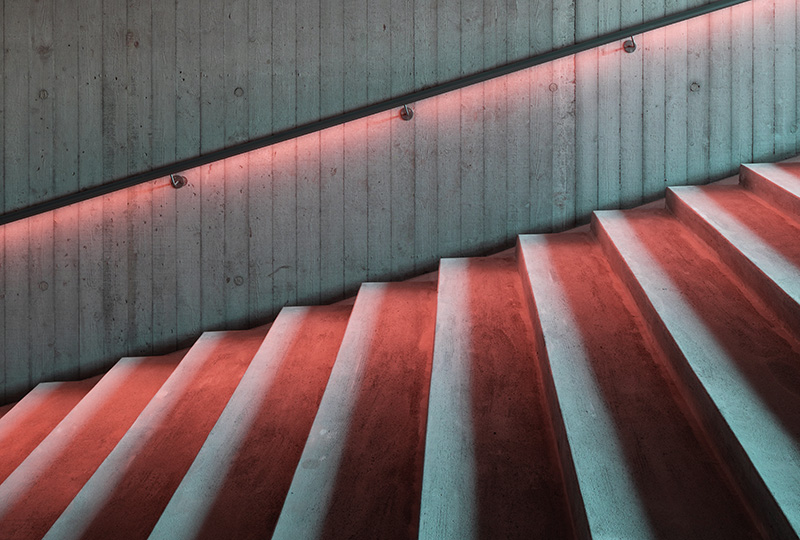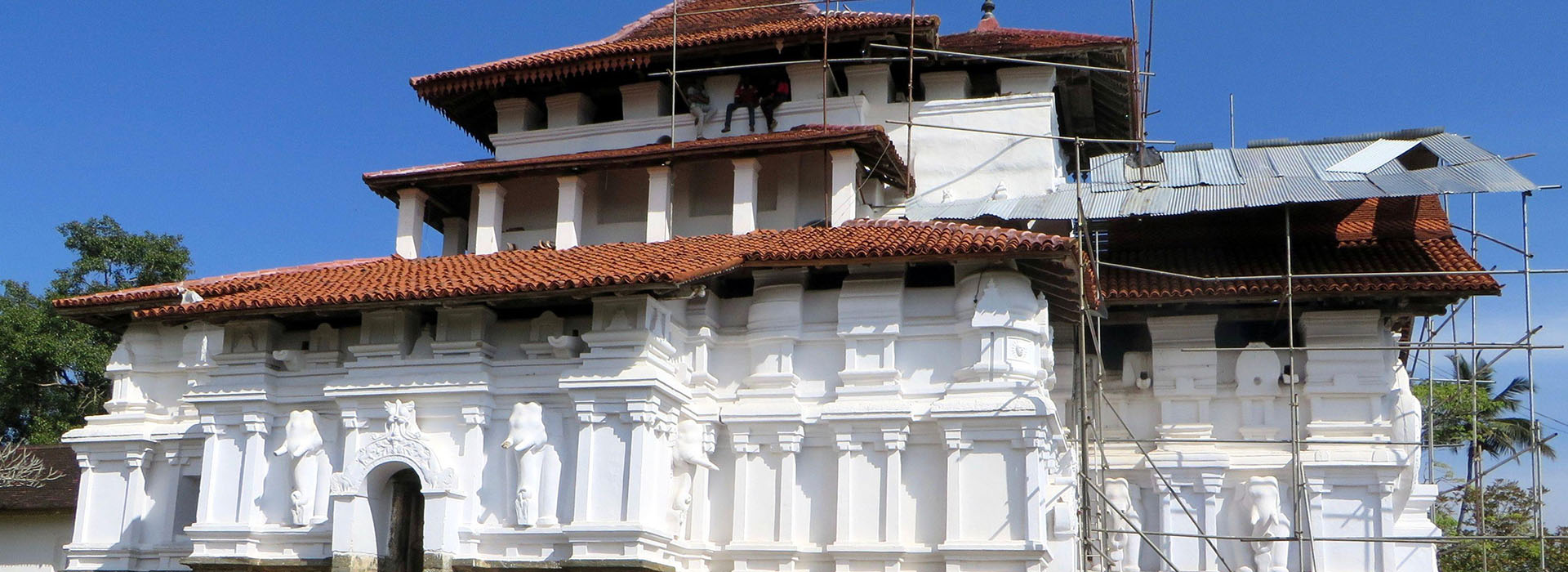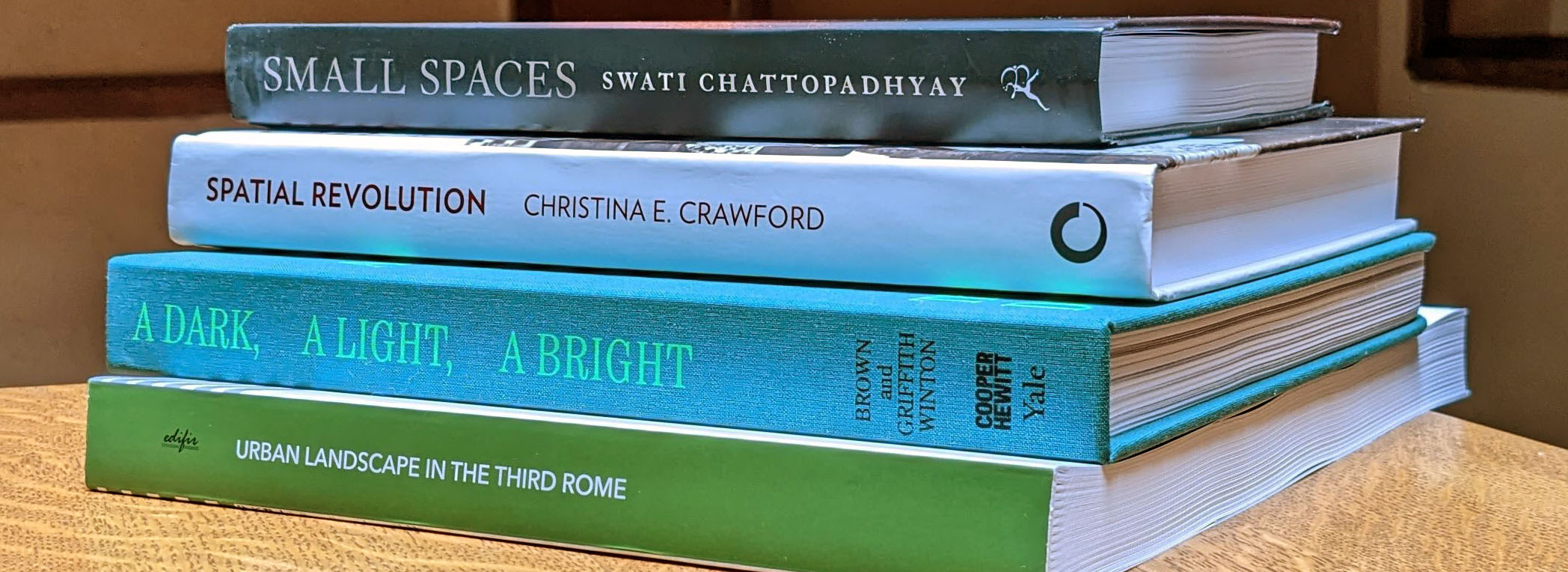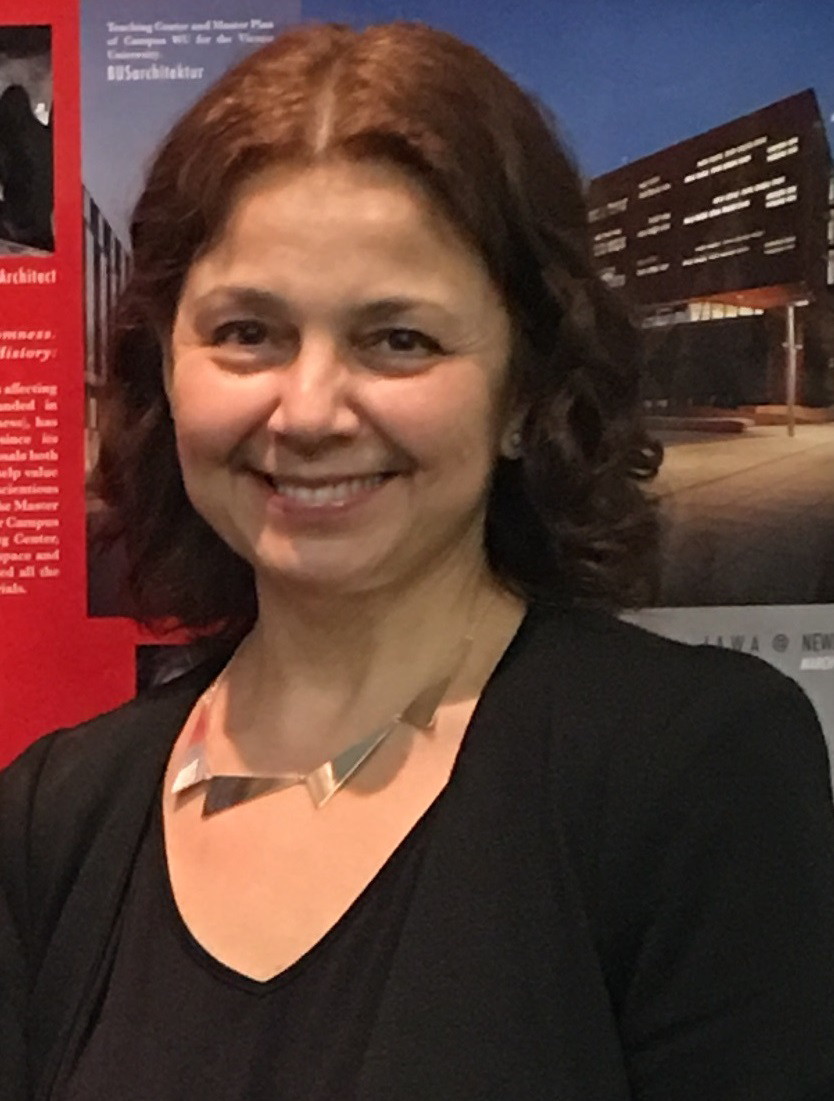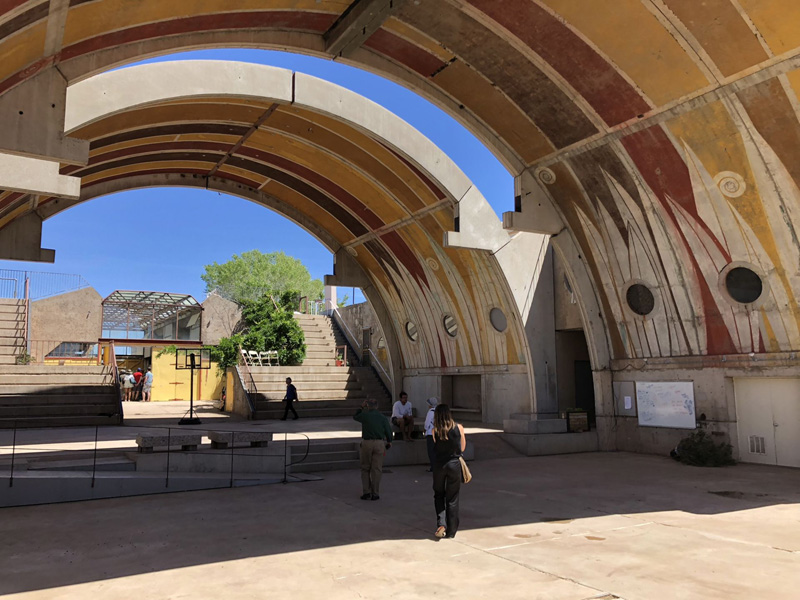-
Membership
Membership
Anyone with an interest in the history of the built environment is welcome to join the Society of Architectural Historians -
Conferences
Conferences
SAH Annual International Conferences bring members together for scholarly exchange and networking -
Publications
Publications
Through print and digital publications, SAH documents the history of the built environment and disseminates scholarshipLatest Issue:
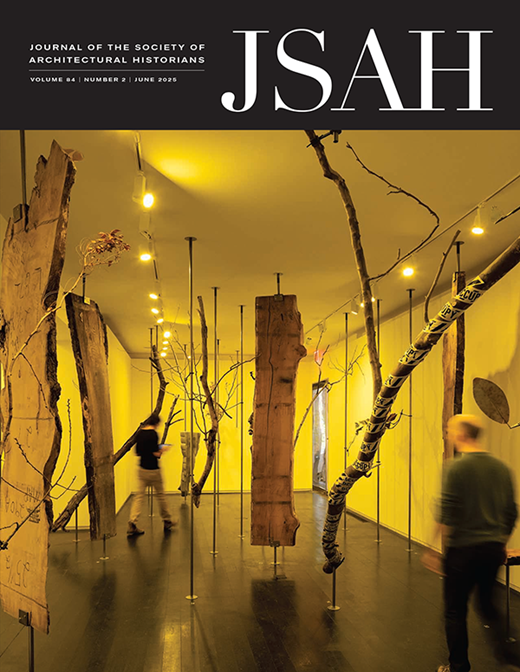
-
Programs
Programs
SAH promotes meaningful engagement with the history of the built environment through its programsMember Programs
-
Jobs & Opportunities
Jobs & Opportunities
SAH provides resources, fellowships, and grants to help further your career and professional life -
Support
Support
We invite you to support the educational mission of SAH by making a gift, becoming a member, or volunteering -
About
About
SAH promotes the study, interpretation, and conservation of the built environment worldwide for the benefit of all
Call for Papers: The Exhibition Effect and Beyond (Footprint 39)
Add to:
Architectural exhibitions, despite their transient nature, have a profound influence in articulating movements, sparking central discussions and marking traces in the field. They act as active agents that represent, culminate, disseminate or project prevailing paradigms in architectural discourse at specific moments, as demonstrated by the 1927 Deutscher Werkbund architecture exhibition, the Strada Novissima at the 1980 Venice Architecture Biennale, and the 1988 Deconstructivist Architecture exhibition at MoMA. Moreover, like architectural competitions, they serve as contact zones (see Footprint, issue 26), fostering confrontation, negotiation and exchange among diverse actors in architecture – a field that is, by nature, multi-authorial.
While architectural exhibitions may serve promotional purposes, they are largely insulated from the market-driven stakes and commodification pressures that often influence art exhibitions, as their exhibitable objects rarely become collectible items. This relative autonomy has preserved their critical edge and has driven the rise of architectural exhibitions. Once a means for showcasing architectural work or scholarly expertise, architectural exhibitions have, in recent decades, evolved into an independent field of study with distinct procedures, methodologies, historiographies and effects. As a medium of its own, the exhibition both produces architecture as an exhibitable object and advances knowledge production, offering a lens to explore how research generates – rather than merely uncovers – its subjects. Today, these curatorial practices have converged, with architects and historians taking on the role of curators. Alongside the proliferation of biennials and research exhibitions, the rise of curatorial programmes within architecture departments across continents situates this historically radical force as a prominent agent of critical inquiry.
As a result, architectural exhibitions have gained further agency with a significant impact, producing what we refer to as the ‘exhibition effect’. This term, playing with the terminology of the ‘museum effect’, which elevates the perceived value and significance of objects simply by placing them in a museum context, and the ‘Bilbao effect’, which refers to the transformative impact of a landmark architectural project on a city’s economy, tourism and global image, refers to the current ubiquitous disciplinary and cultural impact of exhibitions.
Recent journal issues including Log no. 20 (2010), OASE no. 88 (2012), and Architectural Theory Review 23:1 (2019), discuss exhibition as a medium for architecture and knowledge production, an environment, a tool for representing and displaying architecture, and a collective spatial experience. Building on this growing body of contemporary literature, Footprint 39 aims to probe the ‘exhibition effect’ and the uncharted territories beyond with audacity. By re-evaluating definitions of the exhibition as an event, a common ground, an activist agency, a power tool for publicising and legitimising architecture, and a means of collecting and revealing archives, the issue seeks to critically address the status of institutions involved in collecting and displaying, the privilege of visibility essential for exhibiting, the comforts and discomforts associated with possessing or lacking recorded archives, and the dynamics of curatorial networks.
In this pivotal moment, as what was once considered the periphery shifts to the centre of global exhibitions – challenging and diversifying the previously dominant Euro-American model, as seen in prominent venues such as Venice and Sharjah – Footprint 39 invites contributors to explore the following questions: How can exhibitions occur beyond established systems, methods and institutions? What new materialities and methodologies do exhibitions inspire? In what ways can exhibitions become displays of discursivity to debate and adjust our worlds? How might unrecorded historical experiments be brought into the present? What new perspectives do exhibitions offer on unconventional archives? How can curatorship from the ‘periphery’ itself redefine the field? How can we utilise the unique agency of curatorial studies in architectural education? What new roles are emerging for curators in understudied territories and geographies toward a global discourse and inclusive scholarship? Finally, as exhibitions shift from being alternative to increasingly central – yet still arguably radical – practices, how might curatorial acts serve as a fulcrum to address contemporary crises and conflicts? Contributions from underrepresented scholars and researchers working on the thresholds of architectural history and theory and its allied disciplines are particularly welcome.
Authors of full articles (6000–8000 words including endnotes) can submit their contributions via Footprint’s online platform before 1 August 2025, with all submissions undergoing double-blind peer-review.
Review articles and visual essays (unpublished exhibition proposals are also welcome) (2000–4000 words including endnotes) will be selected by editors based on a 500-word summary emailed to the editors before 1 August 2025.
Authors should include a 100-word bio with their submissions and secure permission to use any images or copyrighted materials.
For more information, please consult Footprint’s Author Guidelines at: https://journals.open.tudelft.nl/footprint/about/submissions
Correspondence should be directed to editors Esin Kömez Dağlıoğlu and Esra Kahveci at editors.footprint@gmail.com.
Footprint 39 is scheduled for publication in the autumn of 2026.
Row White
Lorem ipsum dolor sit amet, consectetur adipiscing elit, sed do eiusmod tempor incididunt ut labore et dolore magna aliqua. Ut enim ad minim veniam, quis nostrud exercitation ullamco laboris nisi ut aliquip ex ea commodo consequat. Duis aute irure dolor in reprehenderit in voluptate velit esse cillum dolore eu fugiat nulla pariatur. Excepteur sint occaecat cupidatat non proident, sunt in culpa qui officia deserunt mollit anim id est laborum.
Row BG Green
Lorem ipsum dolor sit amet, consectetur adipiscing elit, sed do eiusmod tempor incididunt ut labore et dolore magna aliqua. Ut enim ad minim veniam, quis nostrud exercitation ullamco laboris nisi ut aliquip ex ea commodo consequat. Duis aute irure dolor in reprehenderit in voluptate velit esse cillum dolore eu fugiat nulla pariatur. Excepteur sint occaecat cupidatat non proident, sunt in culpa qui officia deserunt mollit anim id est laborum.
Row Gray
Lorem ipsum dolor sit amet, consectetur adipiscing elit, sed do eiusmod tempor incididunt ut labore et dolore magna aliqua. Ut enim ad minim veniam, quis nostrud exercitation ullamco laboris nisi ut aliquip ex ea commodo consequat. Duis aute irure dolor in reprehenderit in voluptate velit esse cillum dolore eu fugiat nulla pariatur. Excepteur sint occaecat cupidatat non proident, sunt in culpa qui officia deserunt mollit anim id est laborum.
Row Green
Lorem ipsum dolor sit amet, consectetur adipiscing elit, sed do eiusmod tempor incididunt ut labore et dolore magna aliqua. Ut enim ad minim veniam, quis nostrud exercitation ullamco laboris nisi ut aliquip ex ea commodo consequat. Duis aute irure dolor in reprehenderit in voluptate velit esse cillum dolore eu fugiat nulla pariatur. Excepteur sint occaecat cupidatat non proident, sunt in culpa qui officia deserunt mollit anim id est laborum.
Row CP Dark
Lorem ipsum dolor sit amet, consectetur adipiscing elit, sed do eiusmod tempor incididunt ut labore et dolore magna aliqua. Ut enim ad minim veniam, quis nostrud exercitation ullamco laboris nisi ut aliquip ex ea commodo consequat. Duis aute irure dolor in reprehenderit in voluptate velit esse cillum dolore eu fugiat nulla pariatur. Excepteur sint occaecat cupidatat non proident, sunt in culpa qui officia deserunt mollit anim id est laborum.
Heading 1
Lorem ipsum dolor sit amet, consectetur adipiscing elit, sed do eiusmod tempor incididunt ut labore et dolore magna aliqua. Ut enim ad minim veniam, quis nostrud exercitation ullamco laboris nisi ut aliquip ex ea commodo consequat. Duis aute irure dolor in reprehenderit in voluptate velit esse cillum dolore eu fugiat nulla pariatur. Excepteur sint occaecat cupidatat non proident, sunt in culpa qui officia deserunt mollit anim id est laborum.
Heading 2
Lorem ipsum dolor sit amet, consectetur adipiscing elit, sed do eiusmod tempor incididunt ut labore et dolore magna aliqua. Ut enim ad minim veniam, quis nostrud exercitation ullamco laboris nisi ut aliquip ex ea commodo consequat. Duis aute irure dolor in reprehenderit in voluptate velit esse cillum dolore eu fugiat nulla pariatur. Excepteur sint occaecat cupidatat non proident, sunt in culpa qui officia deserunt mollit anim id est laborum.
Heading 3
Lorem ipsum dolor sit amet, consectetur adipiscing elit, sed do eiusmod tempor incididunt ut labore et dolore magna aliqua. Ut enim ad minim veniam, quis nostrud exercitation ullamco laboris nisi ut aliquip ex ea commodo consequat. Duis aute irure dolor in reprehenderit in voluptate velit esse cillum dolore eu fugiat nulla pariatur. Excepteur sint occaecat cupidatat non proident, sunt in culpa qui officia deserunt mollit anim id est laborum.
Heading 4
Lorem ipsum dolor sit amet, consectetur adipiscing elit, sed do eiusmod tempor incididunt ut labore et dolore magna aliqua. Ut enim ad minim veniam, quis nostrud exercitation ullamco laboris nisi ut aliquip ex ea commodo consequat. Duis aute irure dolor in reprehenderit in voluptate velit esse cillum dolore eu fugiat nulla pariatur. Excepteur sint occaecat cupidatat non proident, sunt in culpa qui officia deserunt mollit anim id est laborum.
Heading 5
Lorem ipsum dolor sit amet, consectetur adipiscing elit, sed do eiusmod tempor incididunt ut labore et dolore magna aliqua. Ut enim ad minim veniam, quis nostrud exercitation ullamco laboris nisi ut aliquip ex ea commodo consequat. Duis aute irure dolor in reprehenderit in voluptate velit esse cillum dolore eu fugiat nulla pariatur. Excepteur sint occaecat cupidatat non proident, sunt in culpa qui officia deserunt mollit anim id est laborum.
Heading 6
Lorem ipsum dolor sit amet, consectetur adipiscing elit, sed do eiusmod tempor incididunt ut labore et dolore magna aliqua. Ut enim ad minim veniam, quis nostrud exercitation ullamco laboris nisi ut aliquip ex ea commodo consequat. Duis aute irure dolor in reprehenderit in voluptate velit esse cillum dolore eu fugiat nulla pariatur. Excepteur sint occaecat cupidatat non proident, sunt in culpa qui officia deserunt mollit anim id est laborum.
lead
Blockquote: Lorem ipsum dolor sit amet, consectetur adipiscing elit, sed do eiusmod tempor incididunt ut labore et dolore magna aliqua. Ut enim ad minim veniam, quis nostrud exercitation ullamco laboris nisi ut aliquip ex ea commodo consequat. Duis aute irure dolor in reprehenderit in voluptate velit esse cillum dolore eu fugiat nulla pariatur. Excepteur sint occaecat cupidatat non proident, sunt in culpa qui officia deserunt mollit anim id est laborum.
- List Item
- List Item
- List Item
- List Item
- List Item
- List Item
Two Buttons in one paragraph
Expandable List
At the center of SAH Celebrates is the Charnley-Persky House (1891–1892), a National Historic Landmark and a Chicago Landmark designed by Louis Sullivan with assistance from Frank Lloyd Wright, that serves as SAH headquarters. SAH Celebrates highlights the importance of fostering a supportive community whose efforts ensure the stewardship of architectural gems like the Charnley-Persky House.
Proceeds benefit the ongoing maintenance and care of the Charnley-Persky House and SAH's educational programs and publications, including SAH Archipedia and Buildings of the United States.
T. Gunny Harboe, FAIA
Founder, Harboe Architects
Michelangelo Sabatino, PhD
Professor, Director of Ph.D. Program in Architecture, Inaugural John Vinci Distinguished Research Fellow, Illinois Institute of Technology
Founder, Harboe Architects
Michelangelo Sabatino, PhD
Professor, Director of Ph.D. Program in Architecture, Inaugural John Vinci Distinguished Research Fellow, Illinois Institute of Technology
Laurence O. Booth, FAIA
Booth Hansen Architects
Rebekah Coffman
Chicago History Museum
Stuart Cohen, FAIA
Cohen-Hacker Architects
Thomas M. Dietz
Alison Fisher
Art Institute of Chicago
Scott Fortman
Institute of Classical Architecture and Art, Chicago-Midwest Chapter
Keith Goad
The Keith Goad Group, Berkshire Hathaway Home Services Chicago
Chandra Goldsmith
IIT CoA Board of Advisors
Barbara Gordon
Frank Lloyd Wright Building Conservancy
Eleanor Gorski
Chicago Architecture Center
Stuart Graff
Frank Lloyd Wright Foundation
Julie Hacker, FAIA
Cohen-Hacker Architects
Sarah Herda
Graham Foundation
Harry Hunderman, FAIA
Wiss, Janney, Elstner Associates, Inc
Lisa Key
Driehaus Museum
Nancy and Thomas Klein
SAH Chicago Chapter
Thomas Leslie
University of Illinois at Urbana-Champaign
Jen Masengarb
AIA Chicago
Bonnie McDonald
Landmarks Illinois
Justin Miller
Docomomo US/Chicago
Ward Miller
Preservation Chicago
Heather Hyde Minor
University of Notre Dame
Keith N. Morgan, FSAH
SAH Past President
Sarah Rogers Morris
University of Illinois at Chicago
John K. Notz Jr.
SAH Benefactor Member
Keith Olsen
Olsen Vranas Architects
Abby Persky
Chicago, IL
Laurie Petersen
Charnley-Persky House Board Member
Charlie Pipal
School of the Art Institute of Chicago
Deborah Slaton
Wiss, Janney, Elstner Assocites, Inc.
Cynthia Vranas
Mies Van der Rohe Society
Cynthia Weese, FAIA
Weese, Langley, Weese Architects and Charnley-Persky House Board Member
Ernie Wong
Commission on Chicago Landmarks
Booth Hansen Architects
Rebekah Coffman
Chicago History Museum
Stuart Cohen, FAIA
Cohen-Hacker Architects
Thomas M. Dietz
Jaeger Nickola Kuhlman & Associates
Art Institute of Chicago
Scott Fortman
Institute of Classical Architecture and Art, Chicago-Midwest Chapter
Keith Goad
The Keith Goad Group, Berkshire Hathaway Home Services Chicago
Chandra Goldsmith
IIT CoA Board of Advisors
Barbara Gordon
Frank Lloyd Wright Building Conservancy
Eleanor Gorski
Chicago Architecture Center
Stuart Graff
Frank Lloyd Wright Foundation
Julie Hacker, FAIA
Cohen-Hacker Architects
Sarah Herda
Graham Foundation
Harry Hunderman, FAIA
Wiss, Janney, Elstner Associates, Inc
Lisa Key
Driehaus Museum
Nancy and Thomas Klein
SAH Chicago Chapter
Thomas Leslie
University of Illinois at Urbana-Champaign
Jen Masengarb
AIA Chicago
Bonnie McDonald
Landmarks Illinois
Justin Miller
Docomomo US/Chicago
Ward Miller
Preservation Chicago
Heather Hyde Minor
University of Notre Dame
Keith N. Morgan, FSAH
SAH Past President
Sarah Rogers Morris
University of Illinois at Chicago
John K. Notz Jr.
SAH Benefactor Member
Keith Olsen
Olsen Vranas Architects
Abby Persky
Chicago, IL
Laurie Petersen
Charnley-Persky House Board Member
Charlie Pipal
School of the Art Institute of Chicago
Deborah Slaton
Wiss, Janney, Elstner Assocites, Inc.
Chris-Annmarie Spencer, AIA, NOMA
AIA Chicago Foundation
Cynthia Vranas
Mies Van der Rohe Society
Cynthia Weese, FAIA
Weese, Langley, Weese Architects and Charnley-Persky House Board Member
Ernie Wong
Commission on Chicago Landmarks
Download the prospectus for information about sponsorship and advertising opportunities. Please contact Ben Thomas at 312-573-1365 if you have questions.
Category Dropdown
OOTB Cards
Card
Card.Alt

Card Title
Card Text - Lorem ipsum dolor sit amet, consectetur adipiscing elit, sed do eiusmod tempor incididunt ut labore et dolore magna aliqua.

Card Title
Card Text - Lorem ipsum dolor sit amet, consectetur adipiscing elit, sed do eiusmod tempor incididunt ut labore et dolore magna aliqua.

Card Title
Card Text - Lorem ipsum dolor sit amet, consectetur adipiscing elit, sed do eiusmod tempor incididunt ut labore et dolore magna aliqua.
Card.Simple

Card Title
Card Text - Lorem ipsum dolor sit amet, consectetur adipiscing elit, sed do eiusmod tempor incididunt ut labore et dolore magna aliqua.
Card.Hero
Card Title
Card Text - Lorem ipsum dolor sit amet, consectetur adipiscing elit, sed do eiusmod tempor incididunt ut labore et dolore magna aliqua.

Card Title
Card Text - Lorem ipsum dolor sit amet, consectetur adipiscing elit, sed do eiusmod tempor incididunt ut labore et dolore magna aliqua.
Card Title
Card Text - Lorem ipsum dolor sit amet, consectetur adipiscing elit, sed do eiusmod tempor incididunt ut labore et dolore magna aliqua.

Card Title
Card Text - Lorem ipsum dolor sit amet, consectetur adipiscing elit, sed do eiusmod tempor incididunt ut labore et dolore magna aliqua.
Card ButtonCustom Cards
List.Custom Card
List.Custom Card 2 Column
List.Custom Card 3 Column
List.Custom Card 4 Column
Detail.Card
Detail.Card Alt
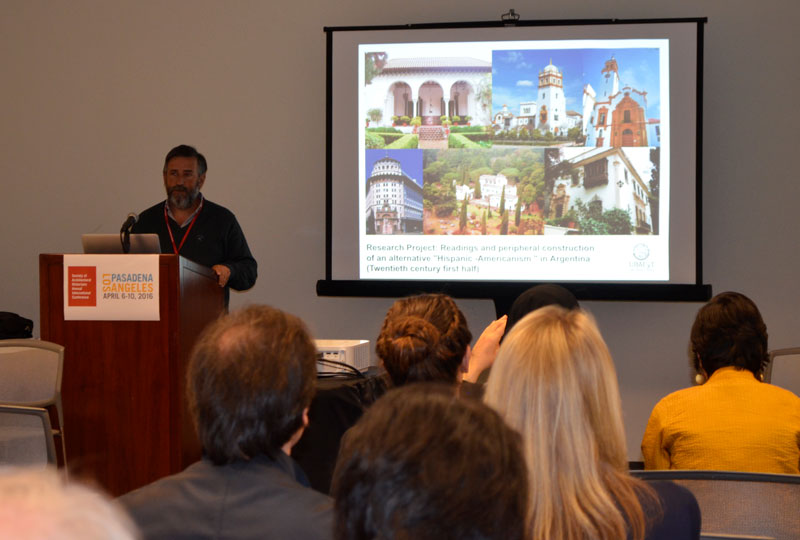
Annual Conference Fellowships
Conference fellowships support session chairs and speakers participating in the SAH Annual International Conference.
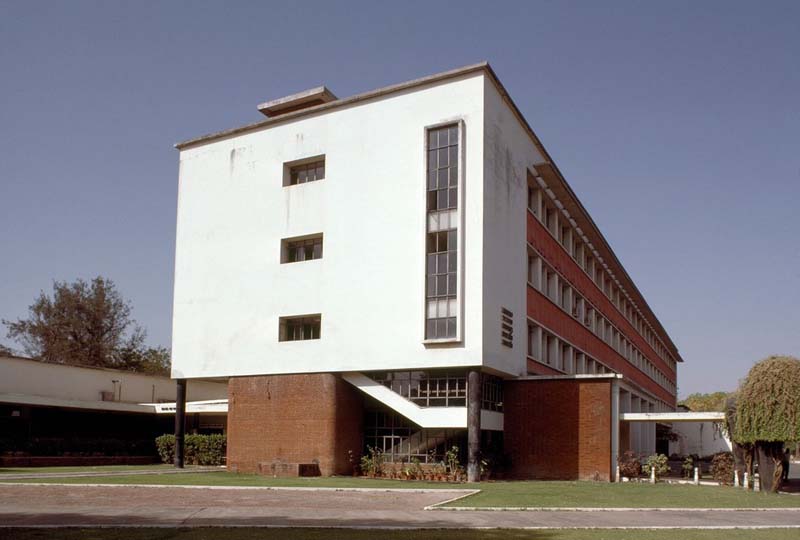

Detail.Card Simple
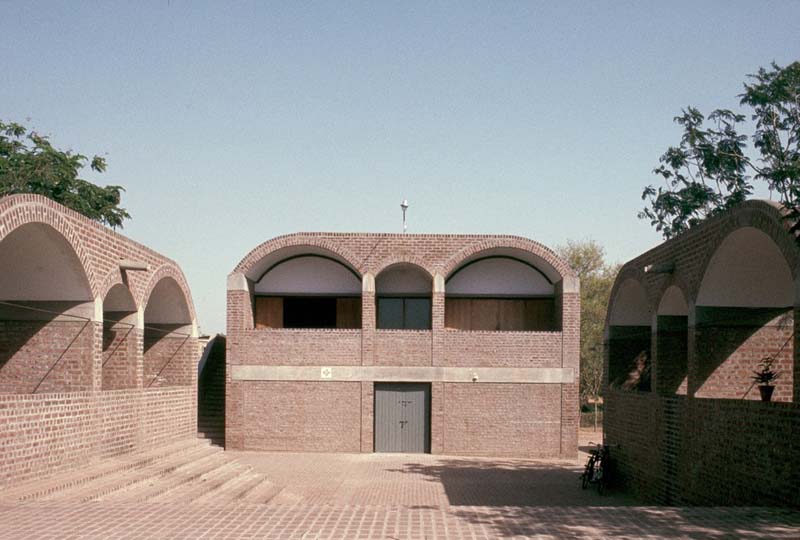
Another Card Title With Extra Text
This is a card summary. Has a limit of 255 characters. We can increase that if you think we need more text.
Detail.Card Hero


Content Types
Blogs
Blog List
Events
Events List
Call for Papers: The Exhibition Effect and Beyond (Footprint 39)
Add to:
Architectural exhibitions, despite their transient nature, have a profound influence in articulating movements, sparking central discussions and marking traces in the field. They act as active agents that represent, culminate, disseminate or project prevailing paradigms in architectural discourse at specific moments, as demonstrated by the 1927 Deutscher Werkbund architecture exhibition, the Strada Novissima at the 1980 Venice Architecture Biennale, and the 1988 Deconstructivist Architecture exhibition at MoMA. Moreover, like architectural competitions, they serve as contact zones (see Footprint, issue 26), fostering confrontation, negotiation and exchange among diverse actors in architecture – a field that is, by nature, multi-authorial.
While architectural exhibitions may serve promotional purposes, they are largely insulated from the market-driven stakes and commodification pressures that often influence art exhibitions, as their exhibitable objects rarely become collectible items. This relative autonomy has preserved their critical edge and has driven the rise of architectural exhibitions. Once a means for showcasing architectural work or scholarly expertise, architectural exhibitions have, in recent decades, evolved into an independent field of study with distinct procedures, methodologies, historiographies and effects. As a medium of its own, the exhibition both produces architecture as an exhibitable object and advances knowledge production, offering a lens to explore how research generates – rather than merely uncovers – its subjects. Today, these curatorial practices have converged, with architects and historians taking on the role of curators. Alongside the proliferation of biennials and research exhibitions, the rise of curatorial programmes within architecture departments across continents situates this historically radical force as a prominent agent of critical inquiry.
As a result, architectural exhibitions have gained further agency with a significant impact, producing what we refer to as the ‘exhibition effect’. This term, playing with the terminology of the ‘museum effect’, which elevates the perceived value and significance of objects simply by placing them in a museum context, and the ‘Bilbao effect’, which refers to the transformative impact of a landmark architectural project on a city’s economy, tourism and global image, refers to the current ubiquitous disciplinary and cultural impact of exhibitions.
Recent journal issues including Log no. 20 (2010), OASE no. 88 (2012), and Architectural Theory Review 23:1 (2019), discuss exhibition as a medium for architecture and knowledge production, an environment, a tool for representing and displaying architecture, and a collective spatial experience. Building on this growing body of contemporary literature, Footprint 39 aims to probe the ‘exhibition effect’ and the uncharted territories beyond with audacity. By re-evaluating definitions of the exhibition as an event, a common ground, an activist agency, a power tool for publicising and legitimising architecture, and a means of collecting and revealing archives, the issue seeks to critically address the status of institutions involved in collecting and displaying, the privilege of visibility essential for exhibiting, the comforts and discomforts associated with possessing or lacking recorded archives, and the dynamics of curatorial networks.
In this pivotal moment, as what was once considered the periphery shifts to the centre of global exhibitions – challenging and diversifying the previously dominant Euro-American model, as seen in prominent venues such as Venice and Sharjah – Footprint 39 invites contributors to explore the following questions: How can exhibitions occur beyond established systems, methods and institutions? What new materialities and methodologies do exhibitions inspire? In what ways can exhibitions become displays of discursivity to debate and adjust our worlds? How might unrecorded historical experiments be brought into the present? What new perspectives do exhibitions offer on unconventional archives? How can curatorship from the ‘periphery’ itself redefine the field? How can we utilise the unique agency of curatorial studies in architectural education? What new roles are emerging for curators in understudied territories and geographies toward a global discourse and inclusive scholarship? Finally, as exhibitions shift from being alternative to increasingly central – yet still arguably radical – practices, how might curatorial acts serve as a fulcrum to address contemporary crises and conflicts? Contributions from underrepresented scholars and researchers working on the thresholds of architectural history and theory and its allied disciplines are particularly welcome.
Authors of full articles (6000–8000 words including endnotes) can submit their contributions via Footprint’s online platform before 1 August 2025, with all submissions undergoing double-blind peer-review.
Review articles and visual essays (unpublished exhibition proposals are also welcome) (2000–4000 words including endnotes) will be selected by editors based on a 500-word summary emailed to the editors before 1 August 2025.
Authors should include a 100-word bio with their submissions and secure permission to use any images or copyrighted materials.
For more information, please consult Footprint’s Author Guidelines at: https://journals.open.tudelft.nl/footprint/about/submissions
Correspondence should be directed to editors Esin Kömez Dağlıoğlu and Esra Kahveci at editors.footprint@gmail.com.
Footprint 39 is scheduled for publication in the autumn of 2026.
Events Home Blocks
Call for Papers: The Exhibition Effect and Beyond (Footprint 39)
Add to:
Architectural exhibitions, despite their transient nature, have a profound influence in articulating movements, sparking central discussions and marking traces in the field. They act as active agents that represent, culminate, disseminate or project prevailing paradigms in architectural discourse at specific moments, as demonstrated by the 1927 Deutscher Werkbund architecture exhibition, the Strada Novissima at the 1980 Venice Architecture Biennale, and the 1988 Deconstructivist Architecture exhibition at MoMA. Moreover, like architectural competitions, they serve as contact zones (see Footprint, issue 26), fostering confrontation, negotiation and exchange among diverse actors in architecture – a field that is, by nature, multi-authorial.
While architectural exhibitions may serve promotional purposes, they are largely insulated from the market-driven stakes and commodification pressures that often influence art exhibitions, as their exhibitable objects rarely become collectible items. This relative autonomy has preserved their critical edge and has driven the rise of architectural exhibitions. Once a means for showcasing architectural work or scholarly expertise, architectural exhibitions have, in recent decades, evolved into an independent field of study with distinct procedures, methodologies, historiographies and effects. As a medium of its own, the exhibition both produces architecture as an exhibitable object and advances knowledge production, offering a lens to explore how research generates – rather than merely uncovers – its subjects. Today, these curatorial practices have converged, with architects and historians taking on the role of curators. Alongside the proliferation of biennials and research exhibitions, the rise of curatorial programmes within architecture departments across continents situates this historically radical force as a prominent agent of critical inquiry.
As a result, architectural exhibitions have gained further agency with a significant impact, producing what we refer to as the ‘exhibition effect’. This term, playing with the terminology of the ‘museum effect’, which elevates the perceived value and significance of objects simply by placing them in a museum context, and the ‘Bilbao effect’, which refers to the transformative impact of a landmark architectural project on a city’s economy, tourism and global image, refers to the current ubiquitous disciplinary and cultural impact of exhibitions.
Recent journal issues including Log no. 20 (2010), OASE no. 88 (2012), and Architectural Theory Review 23:1 (2019), discuss exhibition as a medium for architecture and knowledge production, an environment, a tool for representing and displaying architecture, and a collective spatial experience. Building on this growing body of contemporary literature, Footprint 39 aims to probe the ‘exhibition effect’ and the uncharted territories beyond with audacity. By re-evaluating definitions of the exhibition as an event, a common ground, an activist agency, a power tool for publicising and legitimising architecture, and a means of collecting and revealing archives, the issue seeks to critically address the status of institutions involved in collecting and displaying, the privilege of visibility essential for exhibiting, the comforts and discomforts associated with possessing or lacking recorded archives, and the dynamics of curatorial networks.
In this pivotal moment, as what was once considered the periphery shifts to the centre of global exhibitions – challenging and diversifying the previously dominant Euro-American model, as seen in prominent venues such as Venice and Sharjah – Footprint 39 invites contributors to explore the following questions: How can exhibitions occur beyond established systems, methods and institutions? What new materialities and methodologies do exhibitions inspire? In what ways can exhibitions become displays of discursivity to debate and adjust our worlds? How might unrecorded historical experiments be brought into the present? What new perspectives do exhibitions offer on unconventional archives? How can curatorship from the ‘periphery’ itself redefine the field? How can we utilise the unique agency of curatorial studies in architectural education? What new roles are emerging for curators in understudied territories and geographies toward a global discourse and inclusive scholarship? Finally, as exhibitions shift from being alternative to increasingly central – yet still arguably radical – practices, how might curatorial acts serve as a fulcrum to address contemporary crises and conflicts? Contributions from underrepresented scholars and researchers working on the thresholds of architectural history and theory and its allied disciplines are particularly welcome.
Authors of full articles (6000–8000 words including endnotes) can submit their contributions via Footprint’s online platform before 1 August 2025, with all submissions undergoing double-blind peer-review.
Review articles and visual essays (unpublished exhibition proposals are also welcome) (2000–4000 words including endnotes) will be selected by editors based on a 500-word summary emailed to the editors before 1 August 2025.
Authors should include a 100-word bio with their submissions and secure permission to use any images or copyrighted materials.
For more information, please consult Footprint’s Author Guidelines at: https://journals.open.tudelft.nl/footprint/about/submissions
Correspondence should be directed to editors Esin Kömez Dağlıoğlu and Esra Kahveci at editors.footprint@gmail.com.
Footprint 39 is scheduled for publication in the autumn of 2026.
